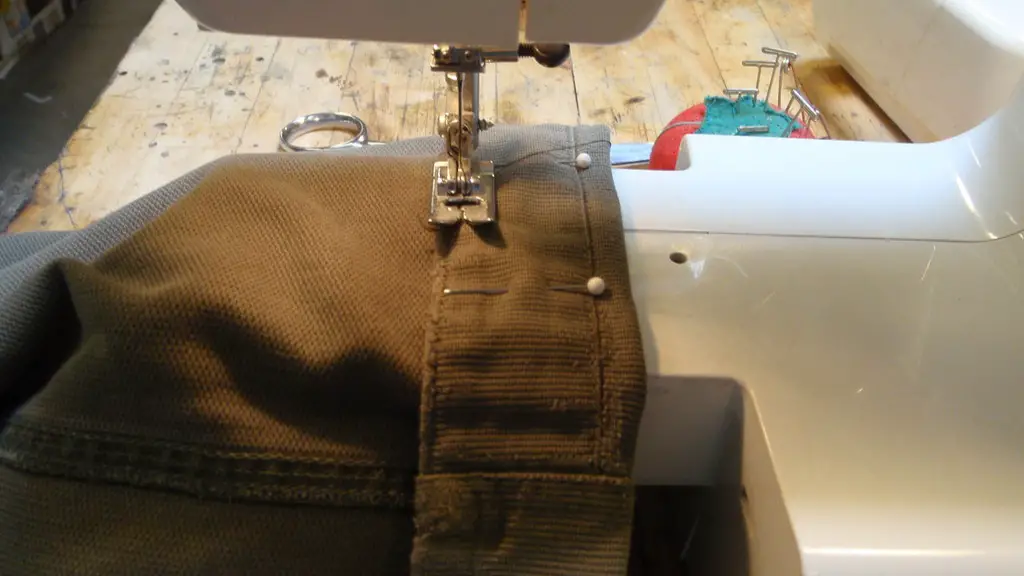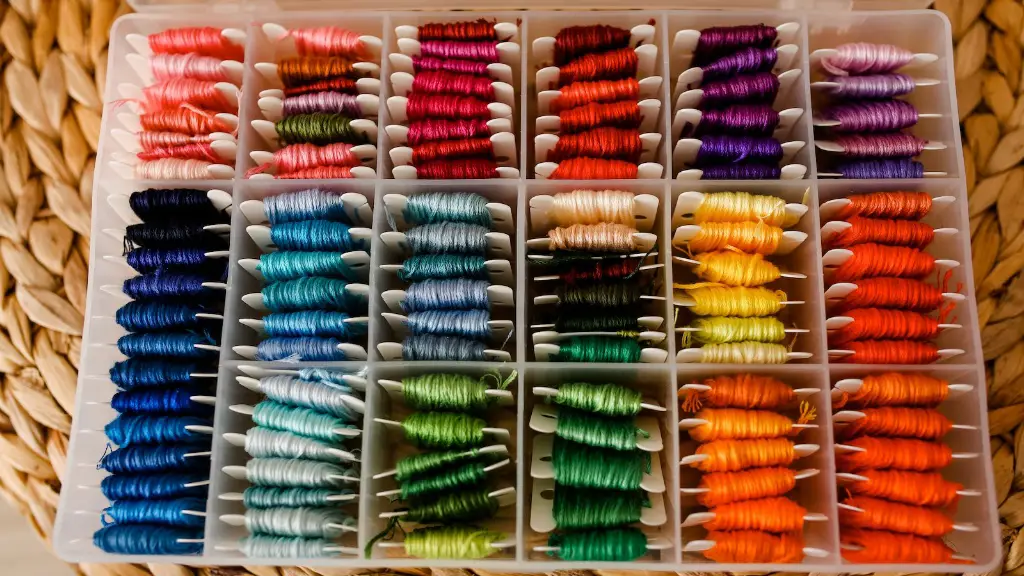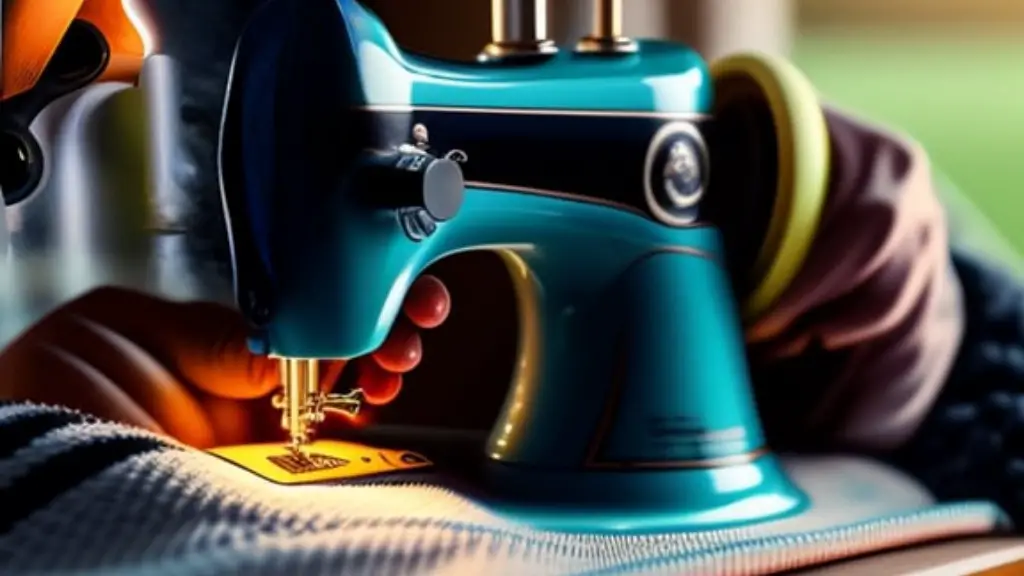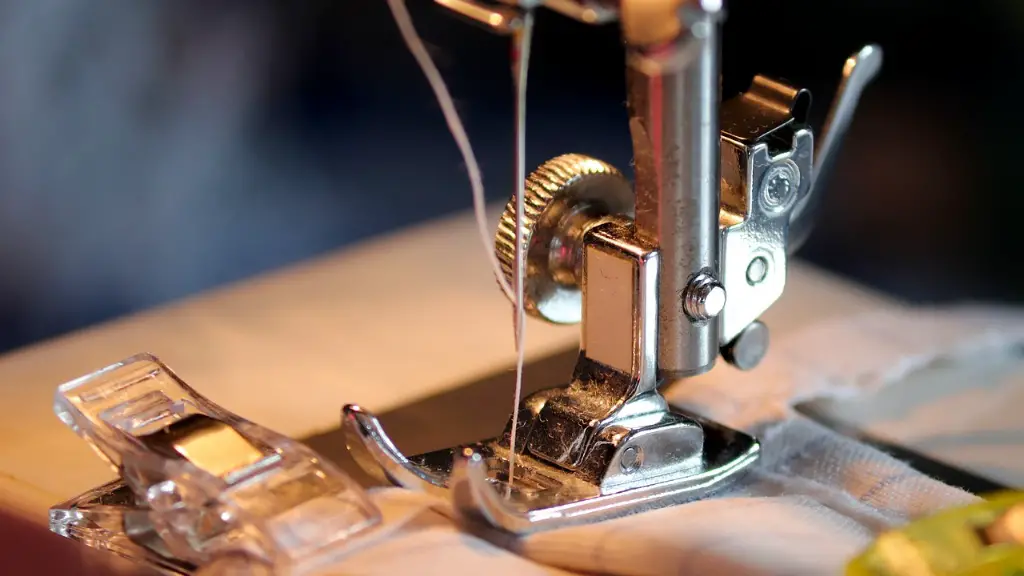Overlocking or serging is a technique that is becoming ever more popular these days, especially when it comes to the fashion industry. Using an overlocker is a faster way to sew than a regular sewing machine and is used to finish edges of a garment that have been cut. An overlocker is basically a machine that uses a thread loop to create a secure finishing stitch. The stitches are usually just as wide as the fabric being serged, so the fabric won’t unravel.
But did you know that you can overlock with a sewing machine too? That’s right, though overlockers are preferred it is possible to use the regular sewing machine if you want to. Sewing machines generally have the capability to create an overlock stitch that is similar to how an overlocker works. It is possible to use this stitch to do the same kind of finishing to fabric, like creating a flat-felled seam, rolled-hem, binding an edge and more.
With a bit of practice, you can understand how to adjust the tension, stitch length and width, and how to manipulate the fabric as it is being fed through the machine, so that you can achieve a professional looking finish. If you are not a proficient sewer it is recommended to look up some tutorials that will teach you how to overlock with a standard sewing machine.
If you are in the market for an overlocker, the cost of the machine can be a deciding factor. Overlockers are usually more expensive than regular machines and can run up to several hundred or even thousand dollars. But if you already own a sewing machine, there’s a good chance that it already has the capability to do an overlock stitch. So if you are just starting to learn how to sew and you don’t intend to do more advanced projects, it could be a more economical solution for you.
When it comes to overlocking, the main benefit is that it is quicker than using a regular sewing machine. It can finish edges quickly and neatly, so it is ideal for projects like making clothes or curtains. It is a great way to achieve a professional looking finish and can help you avoid some of the pitfalls of hand sewing.
Different Types of Overlock Stitches
Depending on the type of fabric, there are different stitches that you can use. For lightweight fabrics like silk and chiffon, you can use a 3-thread flatlock stitch. This stitch is best for finishing edges with two layers of fabric, as it creates a smooth, flat seam without any bulk. The 4-thread flatlock stitch is suitable for lightweight fabric and is used for two-layer hems.
For medium weight fabrics, you can use the 3-thread overlock stitch which is ideal for reinforcing and trimming edges. The 4-thread overlock stitch is great for edging, finishing and seaming and is best used with medium or heavy fabrics. For heavier fabrics, the 5-thread overlock stitch which is used to finish heavier fabrics, as it creates a stronger stitching.
The 2-thread rolled hem stitch is also great for medium to heavy weight fabrics and is used to create a neat and durable hem that generally doesn’t need to be pressed or ironed afterwards. Finally, the 4-thread rolled hem stitch is best used for lightweight fabric and is used to create a neat, strong and durable hem.
Best Practices for Overlocking
When overlocking with a regular sewing machine, it’s important to keep in mind that the machine can only do so much. As such, you need to be extra mindful of the fabric that you’re using, as some fabrics may not be appropriate for overlocking. Always test the stitch on a scrap piece of fabric to assess the stitch quality and make sure that the fabric can handle the tension of the machine.
It’s also important to ensure that the tension is set correctly, otherwise it could cause issues such as puckering or too much tension on the thread. The stitch length and width should also be adjusted as necessary, as too short of a stitch length could cause the fabric to bunch up and too wide of a stitch width could cause the fabric to be too loose and not secured properly.
Finally, it’s also important to practice manipulating the fabric as it’s being fed through the machine, as this can make a huge difference in the quality of the stitching. It’s also important to know the best practices for cutting fabrics, as different fabrics should be cut in different ways.
Uses of Overlockers
One of the main reasons why people use an overlocker is to create a professional looking finish to garments, such as curtains, jackets, T-shirts and much more. Overlockers can also be used to finish seams, attach linings and create custom tucks, pleats and gathers to fabrics. Recent advancements in overlockers also allow you to use them to sew buttonholes, repair seams and attach zipper, as well as embroidering and quilting.
Overlocking is also a great way to rework or restore vintage clothing, as it can be used to fix the finishes of garments without compromising the original design. There are even machines that can be used to reverse overlock stitches, so that the original design can be maintained.
Another great use for an overlocker is for stretchy and knit fabrics. Overlockers can help create stretchy and durable seam finishes without compromising on the quality or the look of the garments.
Conclusion
In conclusion, overlocking is becoming an ever popular technique and is a great way to achieve a professional looking finish on garments. You can even use a regular sewing machine to overlock, although an overlocker will give you greater control, speed and accuracy. It’s important to keep in mind that when overlocking, you need to be mindful of the fabric that you are using, as well as the stitch length, width and tension. An overlocker can also help you create stretchy and durable seam finishes and can also be used to rework or restore vintage clothing.



